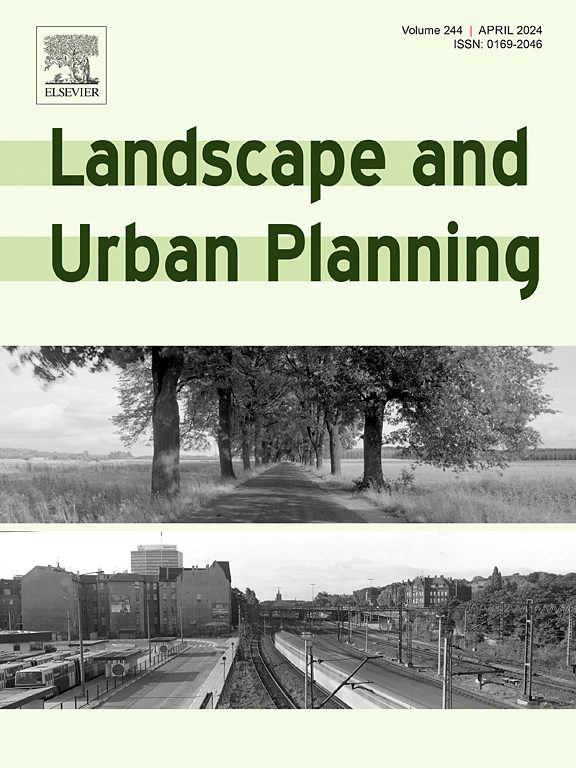A hybrid framework for regional land valuation using generative intelligence and AutoML techniques
IF 7.9
1区 环境科学与生态学
Q1 ECOLOGY
引用次数: 0
Abstract
Land value is a crucial indicator of economic dynamics and regional development, providing essential information for urban planning and policy development. However, most existing studies estimate a singular land value over large areas, lacking the fine-grained details for urban management. This study therefore develops a RAHGV (relative-to-absolute hybrid generative valuation) framework for regional land valuation, which combines a hybrid learning strategy with deep generative modeling to produce high-resolution, spatially continuous land value distribution across extensive urban areas. In a case study of New York City (NYC), the RAHGV model outperforms typical one-step models by differentiating between local land variations and broader regional tendencies. Its bi-attention bottleneck significantly improves model performance, reducing MAE (Mean Absolute Error) by 45.75% and MSE (Mean Squared Error) by 69.86% compared to conventional deep generative methods. Local physical infrastructure and mixed land-use patterns primarily influence micro-scale land values, while community amenities and economic vibrancy drive macro-scale values. The findings highlight the potential of the RAHGV framework as a powerful tool for promoting sustainable urban development by delivering high-resolution, data-driven insights that support informed decision-making in rapidly evolving urban environments.
使用生成智能和AutoML技术的区域土地估价混合框架
土地价值是经济动态和区域发展的重要指标,为城市规划和政策制定提供重要信息。然而,大多数现有的研究估计了大面积的单一土地价值,缺乏城市管理的细粒度细节。因此,本研究开发了一个用于区域土地估价的RAHGV(相对-绝对混合生成估价)框架,该框架将混合学习策略与深度生成建模相结合,以在广泛的城市地区产生高分辨率、空间连续的土地价值分布。在以纽约市为例的研究中,RAHGV模型通过区分局部土地变化和更广泛的区域趋势,优于典型的一步模型。它的双注意力瓶颈显著提高了模型性能,与传统的深度生成方法相比,MAE (Mean Absolute Error)降低了45.75%,MSE (Mean Squared Error)降低了69.86%。当地物质基础设施和混合土地利用模式主要影响微观尺度的土地价值,而社区便利设施和经济活力则推动宏观尺度的价值。研究结果强调了RAHGV框架作为促进可持续城市发展的有力工具的潜力,它提供高分辨率、数据驱动的见解,支持在快速变化的城市环境中做出明智的决策。
本文章由计算机程序翻译,如有差异,请以英文原文为准。
求助全文
约1分钟内获得全文
求助全文
来源期刊

Landscape and Urban Planning
环境科学-生态学
CiteScore
15.20
自引率
6.60%
发文量
232
审稿时长
6 months
期刊介绍:
Landscape and Urban Planning is an international journal that aims to enhance our understanding of landscapes and promote sustainable solutions for landscape change. The journal focuses on landscapes as complex social-ecological systems that encompass various spatial and temporal dimensions. These landscapes possess aesthetic, natural, and cultural qualities that are valued by individuals in different ways, leading to actions that alter the landscape. With increasing urbanization and the need for ecological and cultural sensitivity at various scales, a multidisciplinary approach is necessary to comprehend and align social and ecological values for landscape sustainability. The journal believes that combining landscape science with planning and design can yield positive outcomes for both people and nature.
 求助内容:
求助内容: 应助结果提醒方式:
应助结果提醒方式:


